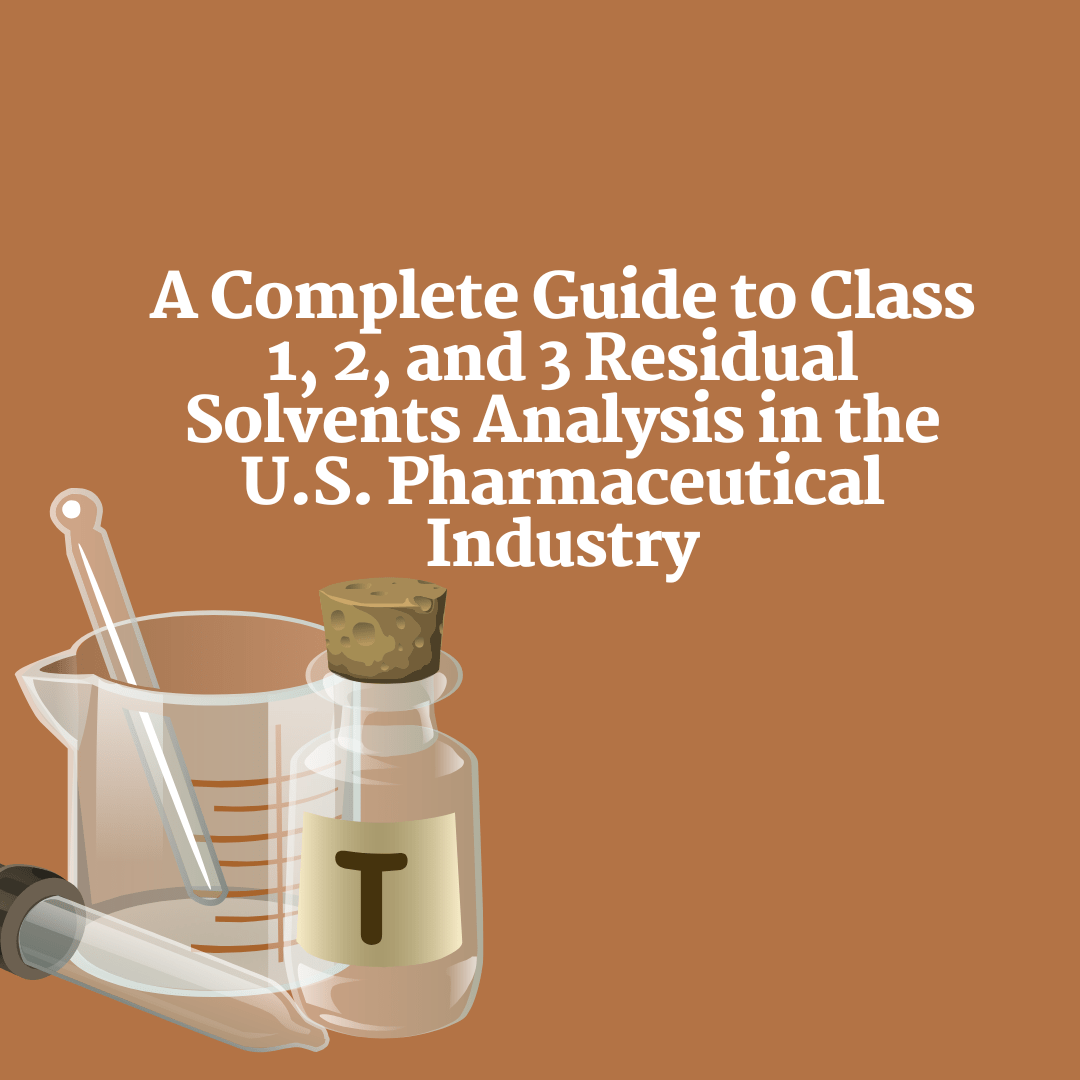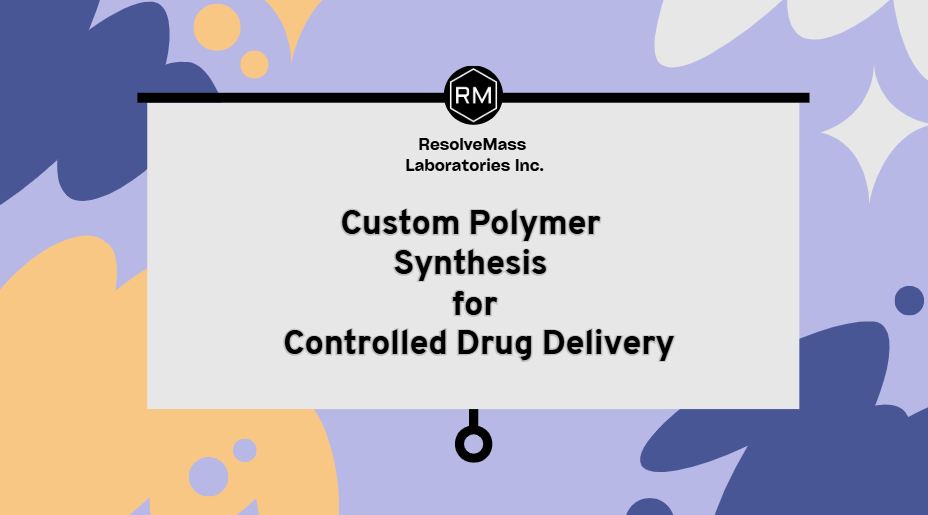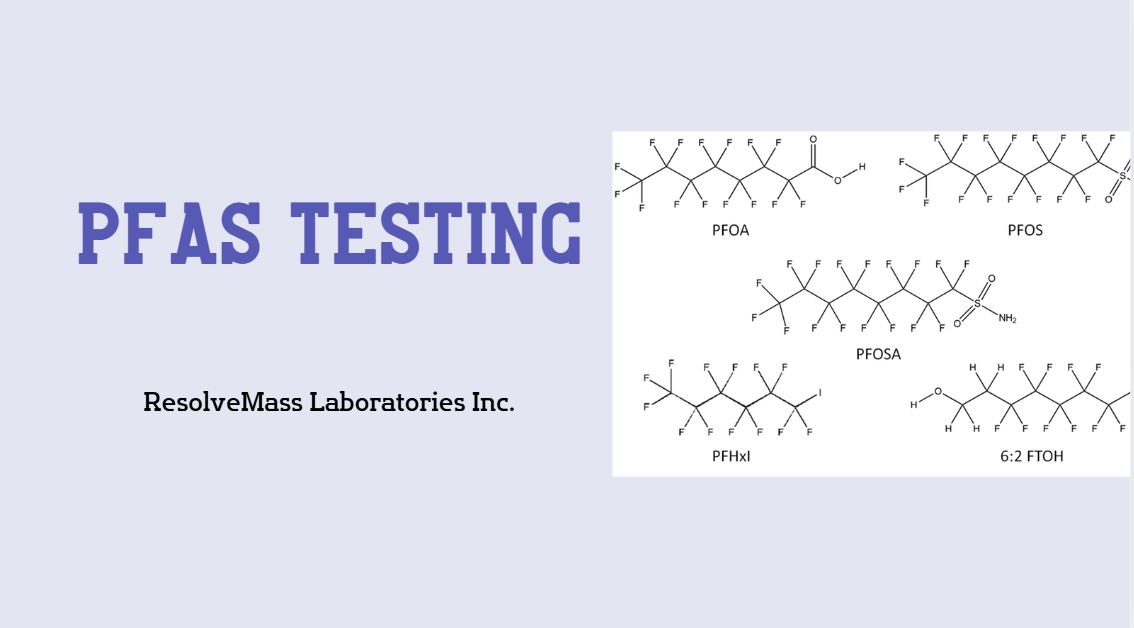Introduction: Why Residual Solvent Analysis is Crucial in the U.S. Pharma Sector
Residual solvent analysis plays an important role in ensuring the safety, efficacy, and regulatory compliance of pharmaceutical products in the United States. Residual solvents are trace organic volatile chemicals used or produced during the manufacturing of drug substances, excipients, or final products. If not properly removed, they can cause serious health risks.
In the U.S., regulatory agencies like the FDA and USP have set strict guidelines—particularly USP <467>—to monitor and limit these solvents. ResolveMass Laboratories Inc., with its advanced infrastructure and strong scientific standards, offers complete solutions for residual solvent analysis that follows U.S. regulatory frameworks and international standards.
👉 Explore our full Residual Solvent Testing services
In-Depth Video: How to Analyze Class 1, 2 & 3 Residual Solvents in Pharma
What Are Residual Solvents?
Residual solvents are volatile organic chemicals that remain in pharmaceutical ingredients or final products after manufacturing processes such as synthesis, purification, or formulation. They may be intentionally used as reaction solvents or unintentionally introduced through contamination or cleaning agents.
Residual solvent analysis is important not only for patient safety but also to meet global compliance regulations. Their classification, limits, and testing procedures are well defined in USP <467>, ICH Q3C, and FDA guidelines.
Classification of Residual Solvents: Class 1, 2, and 3
Class 1 Solvents: Solvents to Be Avoided
These solvents are known human carcinogens or environmental hazards and must not be used in pharmaceutical manufacturing. Examples include:
- Benzene (limit: 2 ppm)
- Carbon tetrachloride (limit: 4 ppm)
- 1,2-Dichloroethane (limit: 5 ppm)
Their presence in final products must be avoided or kept as low as reasonably possible, making Class 1 residual solvent analysis particularly critical.
👉 See how we test for Class 1 solvents
Class 2 Solvents: Solvents to Be Limited
These solvents are naturally harmful and should be limited in concentration. They are commonly used in synthesis or crystallization processes.
Examples include:
- Methanol (limit: 3000 ppm)
- Acetonitrile (limit: 410 ppm)
- Toluene (limit: 890 ppm)
Routine residual solvent analysis makes sure that these solvents are below the regulatory limits before product release.
Class 3 Solvents: Solvents with Low Toxic Potential
These solvents are considered to have low toxic potential. Although less hazardous, they must still be monitored.
Examples include:
- Ethanol (limit: 5000 ppm)
- Acetone (limit: 5000 ppm)
For high-scale manufacturing, even Class 3 solvent residues must be regularly analyzed to ensure safety and compliance.
Methods Used for Residual Solvent Analysis
At ResolveMass Laboratories Inc., we utilize advanced analytical techniques such as:
✅ Headspace Gas Chromatography (HS-GC)
The gold standard method for volatile solvent detection. Highly sensitive and suitable for all solvent classes.
✅ Flame Ionization Detector (FID)
Preferred for detecting organic compounds. Commonly used with HS-GC.
✅ GC-MS (Gas Chromatography-Mass Spectrometry)
Used for identifying unknown or complex solvent mixtures with high accuracy.
Each method is validated as per USP <467> guidelines to deliver reliable results for pharmaceutical clients across the United States.
👉 Read more about our methodology
Case Study: Ensuring USP <467> Compliance in a U.S. API Manufacturer
Client: A mid-sized U.S.-based Active Pharmaceutical Ingredient (API) manufacturer.
Challenge: The client’s methanol levels in a new API exceeded the 3000 ppm limit under Class 2 solvents. In-house testing didn’t have the needed sensitivity.
Solution: ResolveMass Laboratories applied HS-GC with FID detection, validated to detect methanol down to 50 ppm. A 250 mg sample was tested three times for accuracy.
Results:
- Initial batch: 3400 ppm methanol
- Post-purification batch: 240 ppm (within acceptable range)
- Turnaround time: 48 hours
- Compliance: Full documentation aligned with FDA audit standards
Impact: Product cleared for release and audit-ready reports submitted to FDA within the deadline.
👉 Contact us to discuss your testing needs
Regulatory Guidelines and Compliance
U.S. FDA and USP <467>
In the U.S., USP <467> Residual Solvents provides the official monograph for residual solvent analysis. The FDA requires following this standard for NDAs, ANDAs, and GMP inspections.
Key highlights:
- Defined classes with limits
- Sample prep protocols
- System suitability requirements
ResolveMass ensures strict compliance through validated protocols and audit-ready documentation.
👉 Explore U.S. compliance details
Turnaround Time and Reporting
At ResolveMass Laboratories, our typical residual solvent analysis turnaround time is:
- Routine analysis: 3–5 business days
- Rush orders: Within 24–48 hours
All results include:
- Methodology
- Validation parameters
- Detection limits
- Regulatory alignment
- Certificate of Analysis (CoA)
Why Choose ResolveMass Laboratories for Residual Solvent Analysis?
- 🧪 Decades of collective experience in analytical chemistry
- 🧬 Experts in USP, ICH, and FDA regulatory frameworks
- 📊 Fully validated methods and audit-ready documentation
- 🇺🇸 Trusted by U.S. pharmaceutical manufacturers, CDMOs, and biotech startups
- 🏆 Client-first service, fast turnaround, and transparent pricing
Conclusion: A Partner You Can Trust for Residual Solvent Analysis
Residual solvent analysis is not just a regulatory requirement—it’s a key part of ensuring pharmaceutical quality and safety. With strict U.S. regulations and USP <467> guidelines, manufacturers must partner with trusted labs that offer strong science and results ready for inspection.
ResolveMass Laboratories Inc. offers complete solutions for residual solvent analysis, covering Class 1, 2, and 3 solvents using advanced technology and regulatory insight. Whether you’re launching a new drug or ensuring batch release, we are here to support every step of the way.
FAQ
Residual solvents are organic volatile chemicals that may remain in drug substances or products after manufacturing. They need to be controlled to avoid harmful exposure and to follow FDA and USP <467> requirements.
USP <467> provides the official guidelines for detecting and quantifying residual solvents in pharmaceuticals. It lists solvent classes, test methods, and limits.
Class 1: Avoid (carcinogenic)
Class 2: Limit (toxic)
Class 3: Low toxic potential
Each requires a different approach in residual solvent analysis.
Yes. Our methods are designed to detect multiple solvents across all three classes in a single run for efficiency and cost-effectiveness.
Usually, 100–500 mg of sample is sufficient. Our experts will guide you depending on the type of sample and solvent volatility.
Regular reports are delivered in 3–5 days. Rush services are available in 24–48 hours.
Absolutely. All our methods follow USP <467> and are accepted by the FDA, Health Canada, and other global agencies.
Yes. We provide root cause analysis, process optimization suggestions, and re-testing services to help you meet regulatory standards.
Yes. We follow ICH Q3C, European Pharmacopeia, and other global rules, helping your product meet international standards.
👉 Still have questions? Contact our expert team
Helpful Resources
- 🔗 Residual Solvent Testing – ResolveMass
- 🔗 Testing Guidelines in Canada
- 🔗 USP <467> Testing in the U.S.
- 🔗 Contact us – General Inquiries
- 🔗 Request a Quote
- 🔗 Talk to a Scientist
References
- https://www.uspnf.com/sites/default/files/usp_pdf/EN/USPNF/generalChapter467Current.pdf
- https://database.ich.org/sites/default/files/ICH_Q3C-R8_Guideline_Step4_2021_0422_1.pdf
- https://www.chromatographyonline.com/view/analysis-pharmaceutical-residual-solvents-using-comprehensive-two-dimensional-gas-chromatograhy


